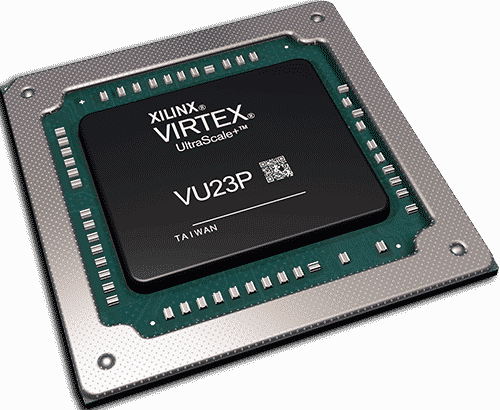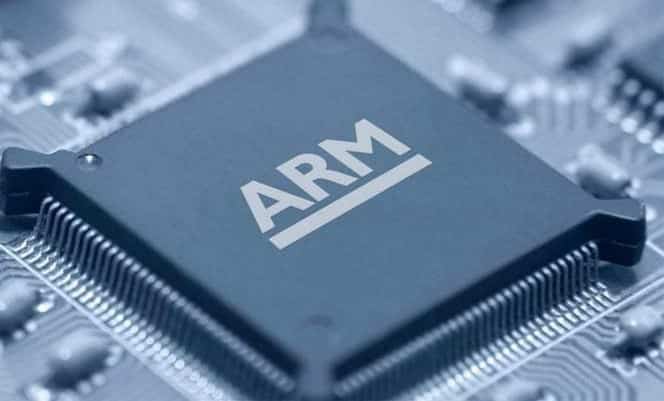Semiconductor Consolidation: AMD Follows Nvidia and Buys Xilinx
by Jim Lundy
This blog could be called “The End of Intel Inside (your PCs and Servers).” In just a few short weeks, the world of computing has dramatically changed. It is no longer about CPUs. It is now about CPUs with GPUs, and in some cases FPGAs.
Why Is AMD Buying Xilinx?
AMD is buying Xilinx for $35 billion in an all stock deal that is expected to close at the end of 2021, due to regulatory approvals. AMD CEO Lisa Su said on CNBC today that the deal expands its addressable market and gets it into new markets such as automotive. What she didn’t say is that the data center is now about GPUs and FPGAs.
Xilinx makes what are called field programmable gate arrays, think of it as a chip that can be reprogramed on the fly. This is similar to an EEPROM, which are used in printers (the printer operating system is often housed on an EEPROM).
What Are FPGAs and Why Do They Matter?
Field programmable gate arrays are programmable processors that are now being leveraged by machine and deep learning applications to offload certain compute tasks. FPGAs are similar to EEPROMs that were popular in network printers, which had the printer operating systems embedded on a chip. FPGAs are basically doing the same thing with machine learning. This starts to shift the way that computing will be accomplished.

AMD's move to acquire the Xilinx FPGA architecture follows Nvidia in a world where GPU vs CPU performance will be a vital determinant of the new technologies enterprises adopt to support AI.
AMD Follows Nvidia’s Move to Buy ARM
AMD’s move to buy Xilinx is similar to the move just made by Nvidia—except that Nvidia also just locked up the desktop market, should mobile phone manufacturers and PC makers continue to go with ARM. Nvidia already is a leading supplier of graphical processing units, which are similar to FPGAs in that they run AI algorithms faster than CPUs.
In essence, Nvidia had the AI accelerator chips but it did not have a mainstream CPU architecture. Its $40 billion deal to buy ARM gives it an edge over Intel. All Apple and Samsung smartphones use ARM chips. Next month, Apple is expected to introduce its first ARM-based Mac. Note that Macs have been on Intel chipsets since 2006.
The Future of Desktop and Server Computing Is About GPUs and FPGAs
These two moves—Nvidia buying ARM and now AMD buying Xilinx—have put Intel on notice along with the rest of the market. CPUs are no longer enough to power computers. GPUs/FPGAs will be needed to run AI at speed and this is the new architecture.

Apple Is Proof of the New Architecture
If you need any proof of this, just look at the architecture of the new iPhone 12 and 12 Pro. It features a CPU, a GPU, and a neural net chip. So, in reality three processors to do things no other phone has ever done: process 4K video at the same time it is being filmed.
Bottom Line
The world of computing just changed. If you are in the process of buying PCs or servers, slow down and take a step back. Look at the current architecture to be sure it can support GPUs and FPGAs (these are use case dependent). Any new data center must have the new compute architecture. A CPU-only approach will not work.

Have a Comment on this?